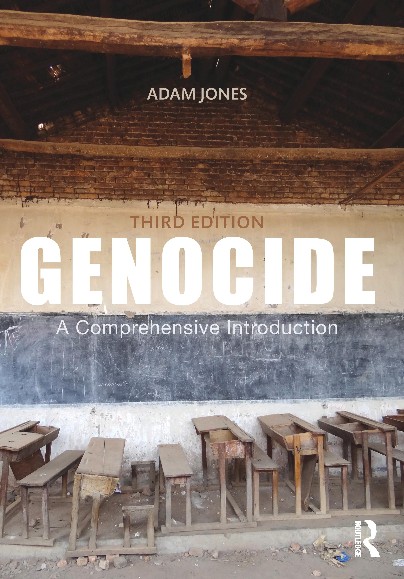 |
| "Seminar participants at Yad Vashem, whose international teaching branch produces materials in more than 20 languages." (Rina Castelnuovo / The New York Times) |
By Ethan Bronner
The New York Times, February 14, 2012
"The students were spared nothing. There were sessions on Nazi disputes over how to murder the Jews; propaganda art in the Third Reich; encounters with survivors; a history of anti-Semitism; the dilemmas faced by leaders of the Jewish ghetto councils. It was just what one might expect from a 10-day seminar at Yad Vashem, Israel's Holocaust memorial and museum. The surprise was the students: 35 teachers and professors from Taiwan, none of them specialists in the area, most of whom had never before met a Jew. More surprising still were the lessons some were taking away. 'Before I came, I felt worse about the Holocaust,' said Jen Hsiu-mei, a psychologist and an early childhood educator. 'This week, I learned that inside the death camps people helped each other. It gives new meaning to human values. This is not something I expected to learn here -- hope.' Seven decades after the Holocaust, with its survivors rapidly dying, the most systematic slaughter in human history is taking on a growing and often unexpected role in education across the globe. Yad Vashem alone, which opened its international teaching branch only in the 1990s, produces material in more than 20 languages, is active in 55 countries and puts on 70 seminars a year for groups of visiting educators. And while many believe that to make a universal point it is important to teach the Holocaust in the context of other genocides -- in Rwanda, Armenia and Cambodia -- the trend at Yad Vashem is the opposite, going more deeply into the human details of the slaughter of six million Jews -- most of them grim, some uplifting.
'This is the most complicated phenomenon in human history,' Avner Shalev, chairman of Yad Vashem, said in an interview. 'How could it happen? How did democracy fall so quickly? How was it possible at the height of liberalism? The only way to understand it is through the particulars, through the details.' Yad Vashem has grown in recent years from a handful of buildings in a bucolic setting into a bustling campus of research, documentation, teaching and remembrance with a $45 million annual budget. It has just inaugurated a new building for its international education school, with large classrooms and high-tech links that allow it to conduct lectures for viewers abroad. Perhaps more than anything else, though, the surprise is the way the Holocaust is being taught and what people around the world make of it. 'We live in an era when young people know little and have big opinions,' said Dorit Novak, director of Yad Vashem's International School for Holocaust Studies. 'The Nazi regime wanted to erase any trace of the Jewish people. If you don't understand that, you can’t understand the event. But paradoxically the more you delve into the facts and the particulars, the less uniquely Jewish and more universal it gets.' What she meant was that how an individual copes with evil can be understood in a wide range of contexts. In addition, identifying the stages of the Holocaust — it started slowly with a boycott of Jewish businesses, followed by laws against 'overcrowding' in German schools -- can help stem future trends toward discrimination and mass killing. 'The Holocaust shows not only how low humanity can go, but also how high it can go,' she added. 'Someone in a camp who shares his last bread with a friend sheds new light on the word friendship.' [...]"














Another excellent resource for learning about children and the Holocaust is the new book Storming the Tulips. Written by Hannie J. Voyles, a survivor who went to school with Anne Frank, the book is an intimate encounter with history, as told by twenty former students of the 1st Montessori School in Amsterdam. They were children, contemporaries of Anne Frank, and this book is a companion to her Diary of a Young Girl. While Anne’s story describes her sequestered life in the Annex, Storming the Tulips reveals what children on the outside endured—on the streets, in hiding, and in the concentration camps.
ReplyDeleteTheir friends disappeared. Their parents sent them away. They were herded on trains and sent to death camps. They joined the Nazi youth. They hid Jews. They lost their families. They picked the pockets of the dead. They escaped. They dodged bullets. They lived in terror. They starved. They froze. They ate tulip bulbs. They witnessed a massacre. They collected shrapnel. And finally, they welcomed the Liberation. Some lost their families, most lost their homes, but they all lost their innocence as they fought to survive until they were liberated by the Canadian troops.
Learn more here http://linkshrink.com/3pi